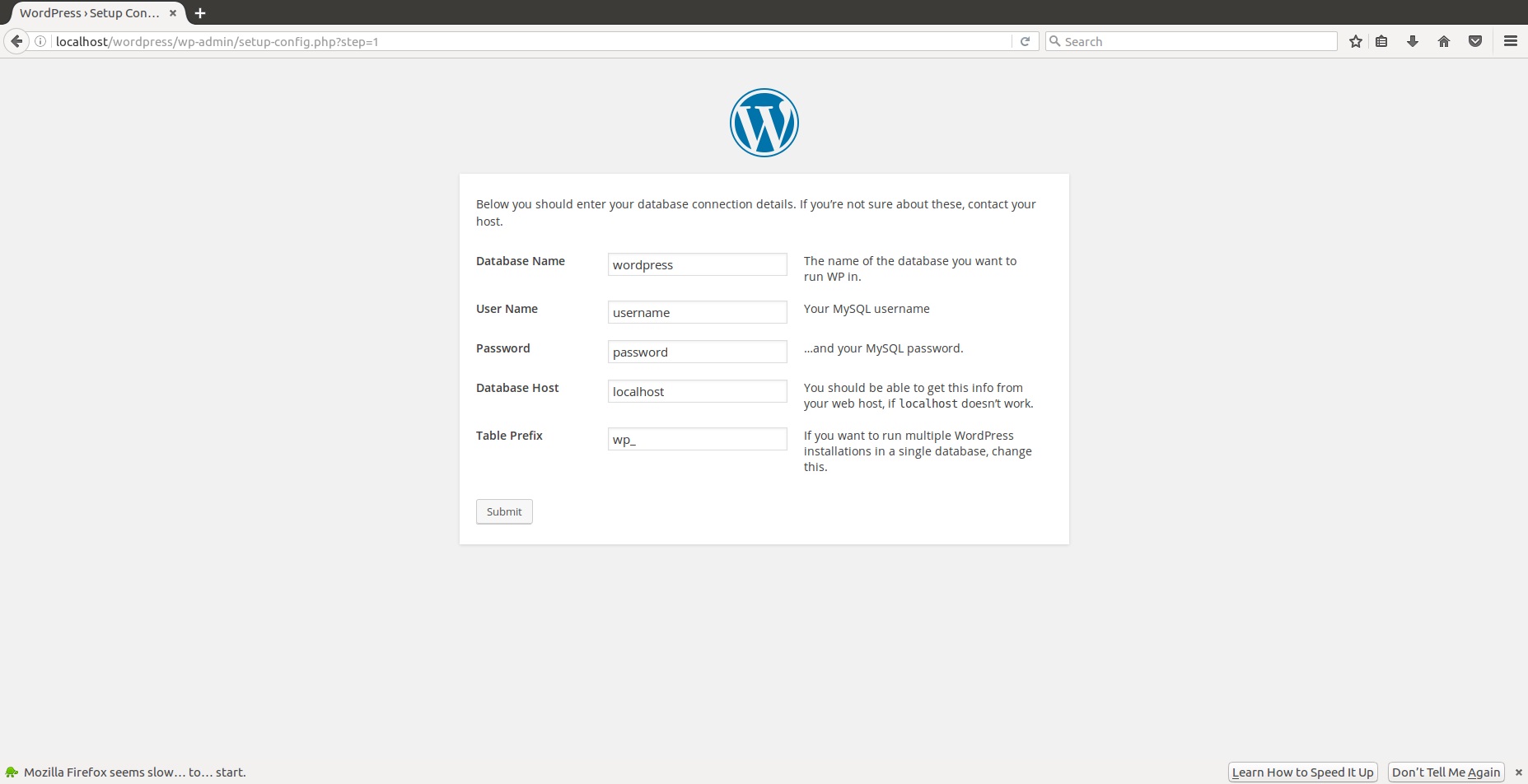The SonicWall team is excited to be a gold level sponsor at Black Hat USA, one of the world’s leading IT security events, which opens at Mandalay Bay in Las Vegas on July 22. Our booth number is 554 and we look forward to meeting you there. SonicWall will offer attendees information on the company’s suite of automated, real-time breach detection and prevention products and services, including the SonicWall Capture ATP cloud-based network sandbox which detects and stops ransomware, advanced persistent threats (APTs) and zero-day attacks.
What will you discover in SonicWall’s booth 554?
SonicWall enables organizations to “Innovate More and Fear Less,” giving them the ability to prevent breaches automatically, in real time. Our team at SonicWall Capture Labs has confirmed that Capture technology could detect, block, and prevent WannaCry and NotPetya using SonicWall next-gen firewalls and SonicWall Capture ATP, a multi-engine cloud sandbox. At Black Hat USA 2017, our team of experts will be in booth 554 July 26-27 to demonstrate deployment of Capture using real malware samples.
I’d also encourage you attend our theater presentation, “It Doesn’t Take Magic to Win the Cyber Arms Race,” where we’ll cover how you can stop ransomware, encrypted threats and phishing attacks from bringing down your network. Attendees at each theater presentation will be eligible to enter a raffle for a Raspberry Pi Project Board.
How does SonicWall help you Innovate More and Fear Less?
SonicWall’s booth will have four solution demo kiosks:
- Stop ransomware
- Prevent breaches
- Uncover encrypted threats
- Block phishing attacks
In addition to stopping ransomware and preventing breaches, our cyber security solutions also protect against encrypted threats and targeted email attacks. By using patented anti-phishing technologies, integrating with Capture ATP and offering powerful email authentication, SonicWall Email Security can block phishing, business email compromise (BEC) and ransomware.
An additional highlight at our Black Hat USA booth will be our SonicWall Firewall Sandwich, demonstrating a “Super Massively,” scalable network firewall architecture that enables enterprise customers to:
- Provide scalable performance for growing data centers
- Deliver support for up to 100+ Gbps networks to eliminate network slowdowns
- Ensure high availability, resiliency and connectivity for every enterprise
- Achieve best price/performance and up to 70 percent lower TCO
- Provide visualization of all applications, users and groups traversing the firewall sandwich
And don’t forget to attend our dramatic magic show every half-hour. You can’t miss the Spider over the booth.
If you want a head start before you go to Black Hat, check out the demo our security solutions via SonicWall Live Demo. And to keep up with us at the show, follow @SonicWall and look for the hashtag #BHUSA.



















